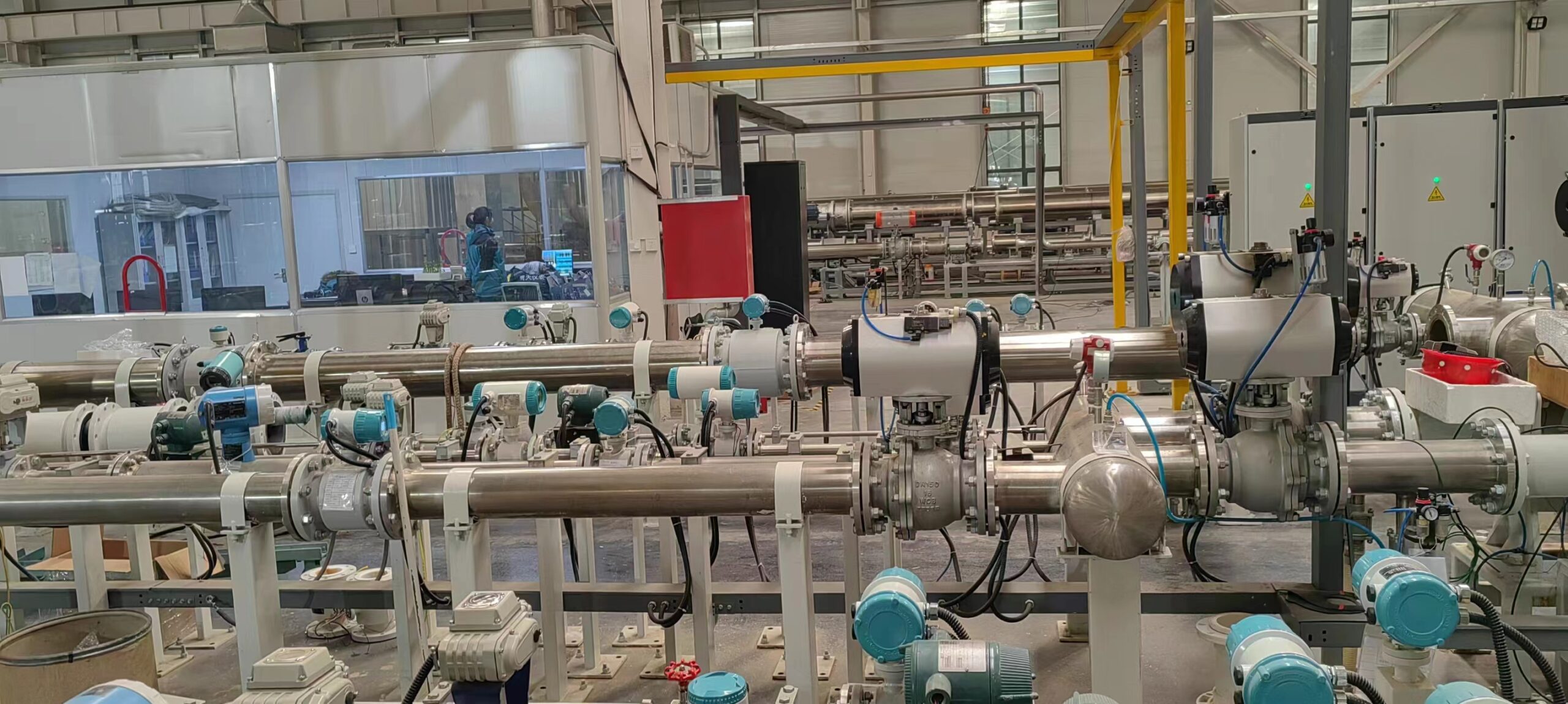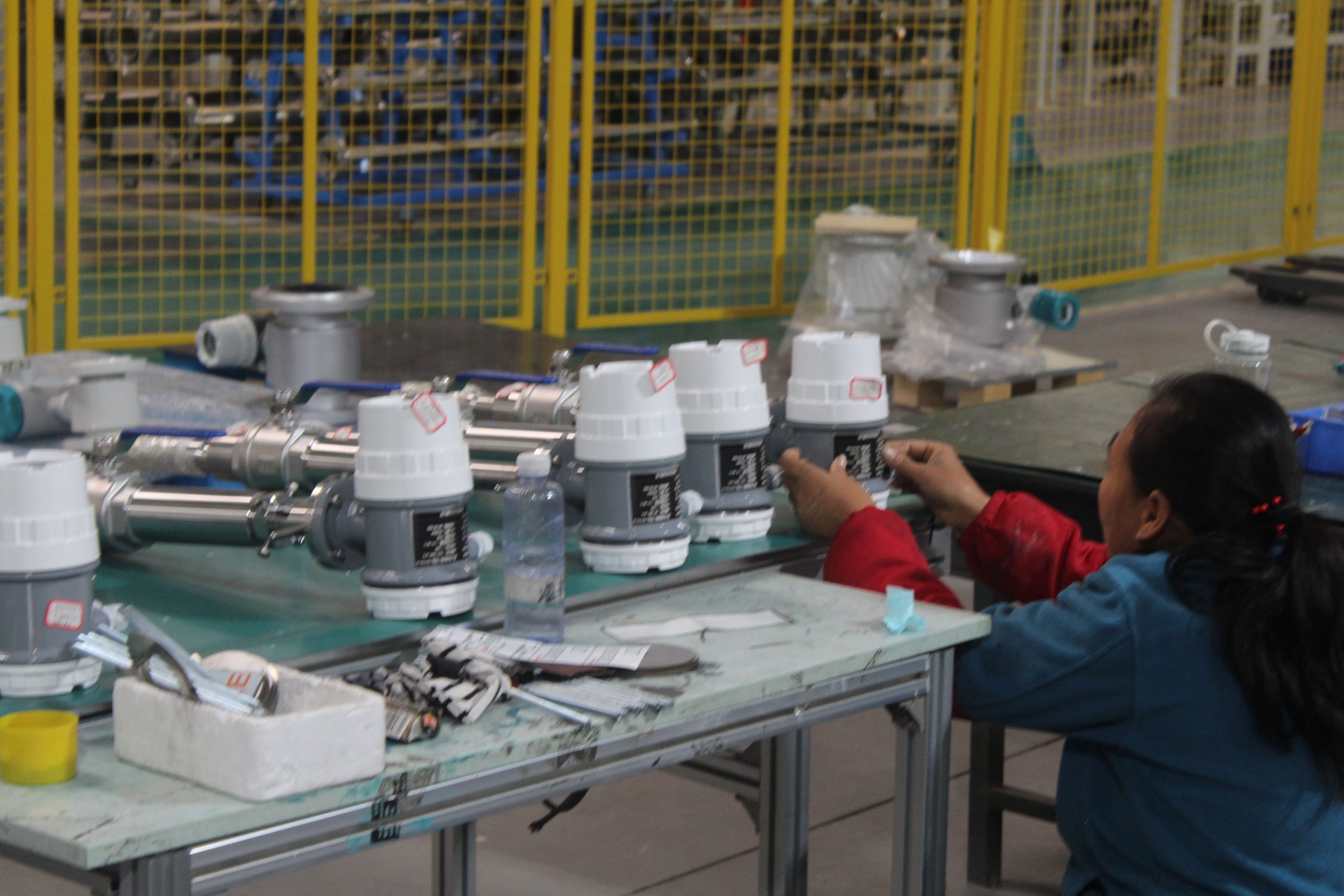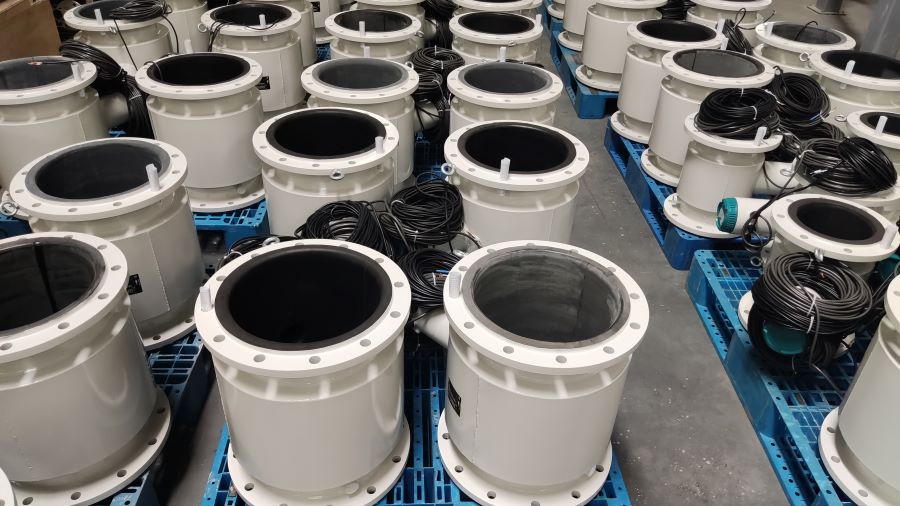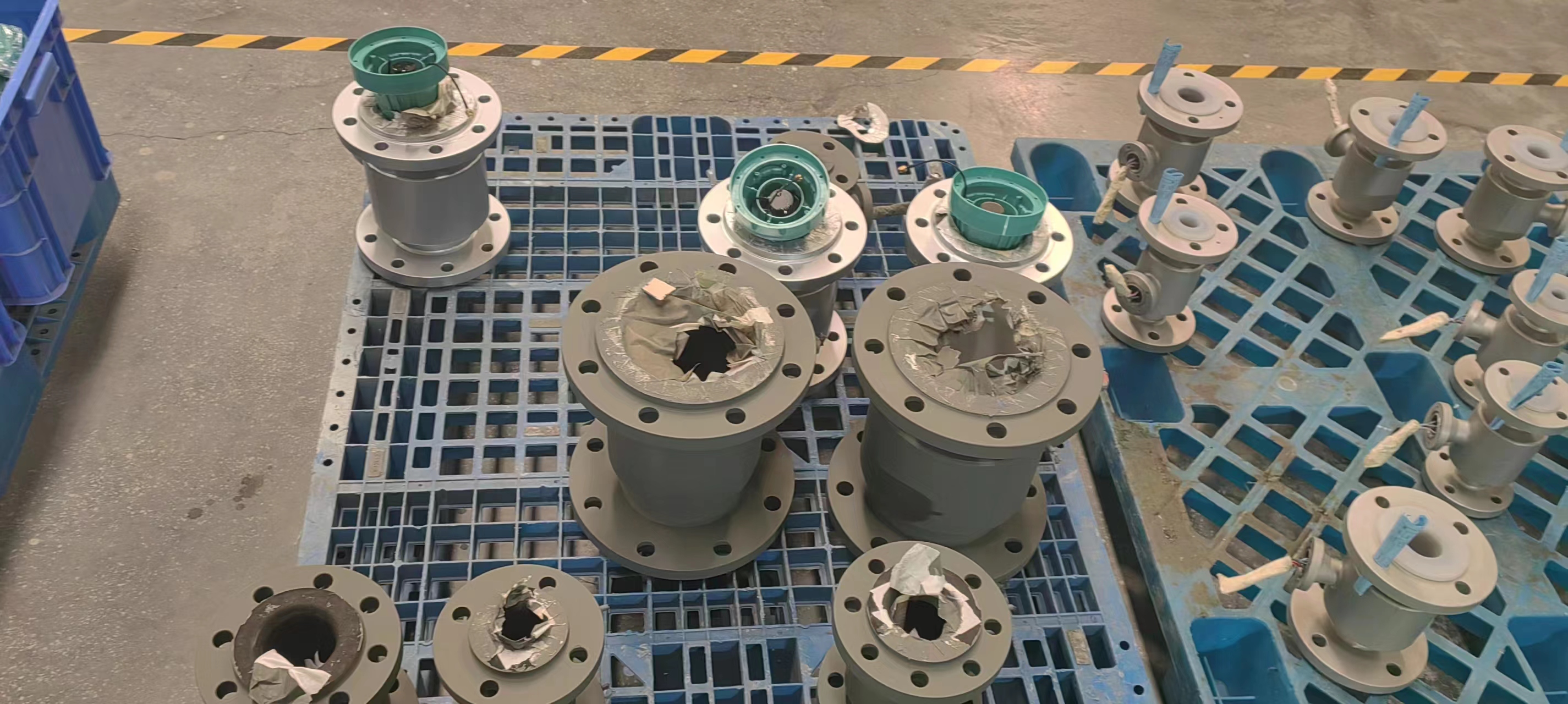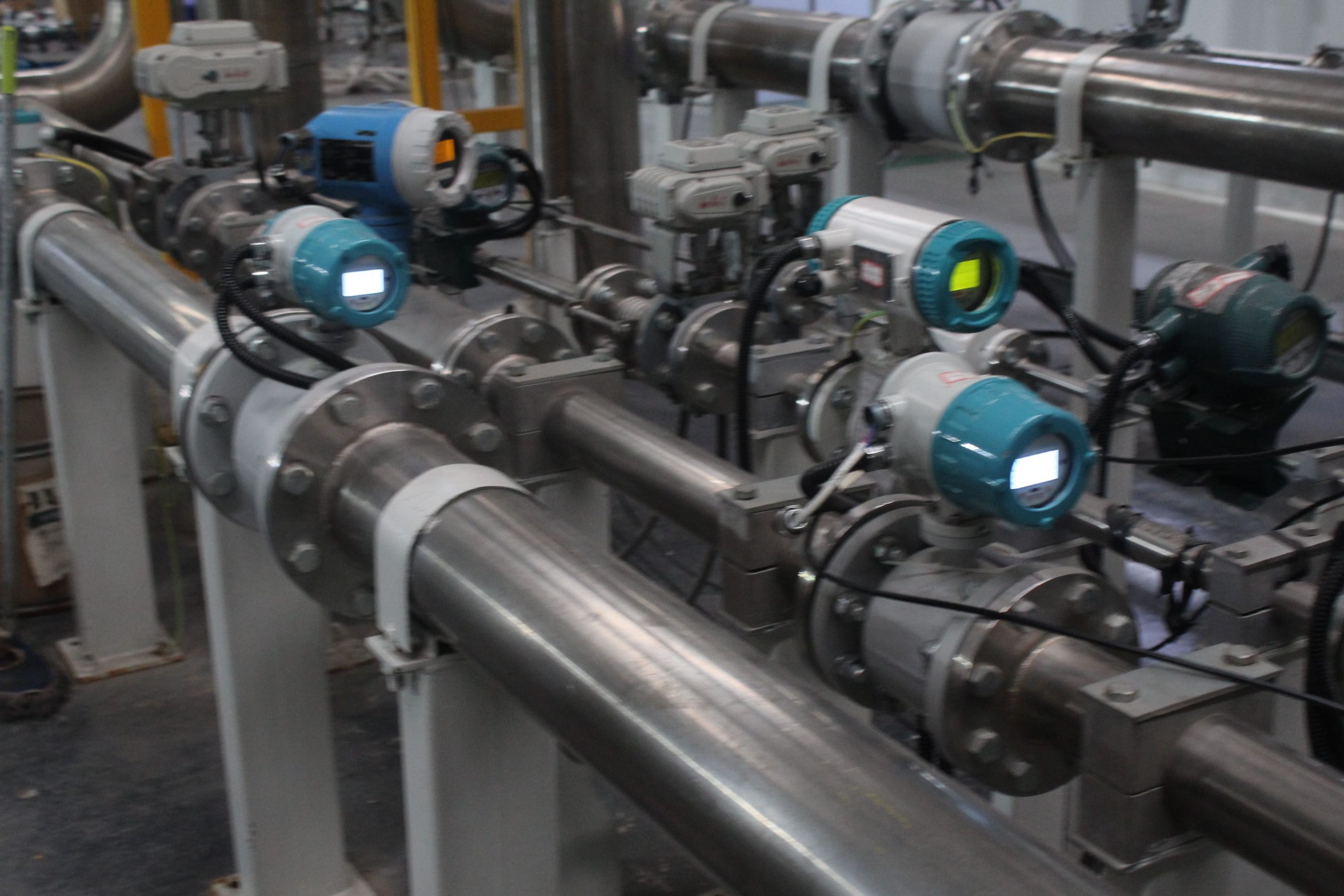Sewage flowmeter selection and installation requirements
Because of the different ways of sewage discharge, the model selected by the sewage flowmeter is also different, there are two ways of general sewage, one is discharged through the pipeline, and the other is discharged through the ditch.
Sewage is discharged by pipe, most choose electromagnetic flowmeter to measure, because there is no barrier in its sensor, so it is not afraid of debris in the medium, but it is necessary to pay attention to the medium must be full pipe, if the pipe is not satisfied, it must be used to lead a section of sinking pipe to ensure that the flow is in the full pipe, pay attention to the flow can not be installed in the pipe drain. The length of the straight pipe section should meet the requirements of the flowmeter.
Sewage is used for ditch discharge, most of the use of ultrasonic open channel flowmeter, equipped with a measuring tank at the outlet, the ultrasonic probe is installed above the tank, so that the flow of wastewater can be measured, open channel flowmeter generally uses 24V power supply, output: 4-20mA.
Sewage flow meter selection to know the medium temperature, medium pressure, medium flow range, medium composition, power supply requirements, on-site installation requirements and other conditions to comprehensive consideration, the selection of the focus is to choose what product measurement, followed by the consideration of sewage flow meter installation, operation, maintenance and service, and then consider the product price.

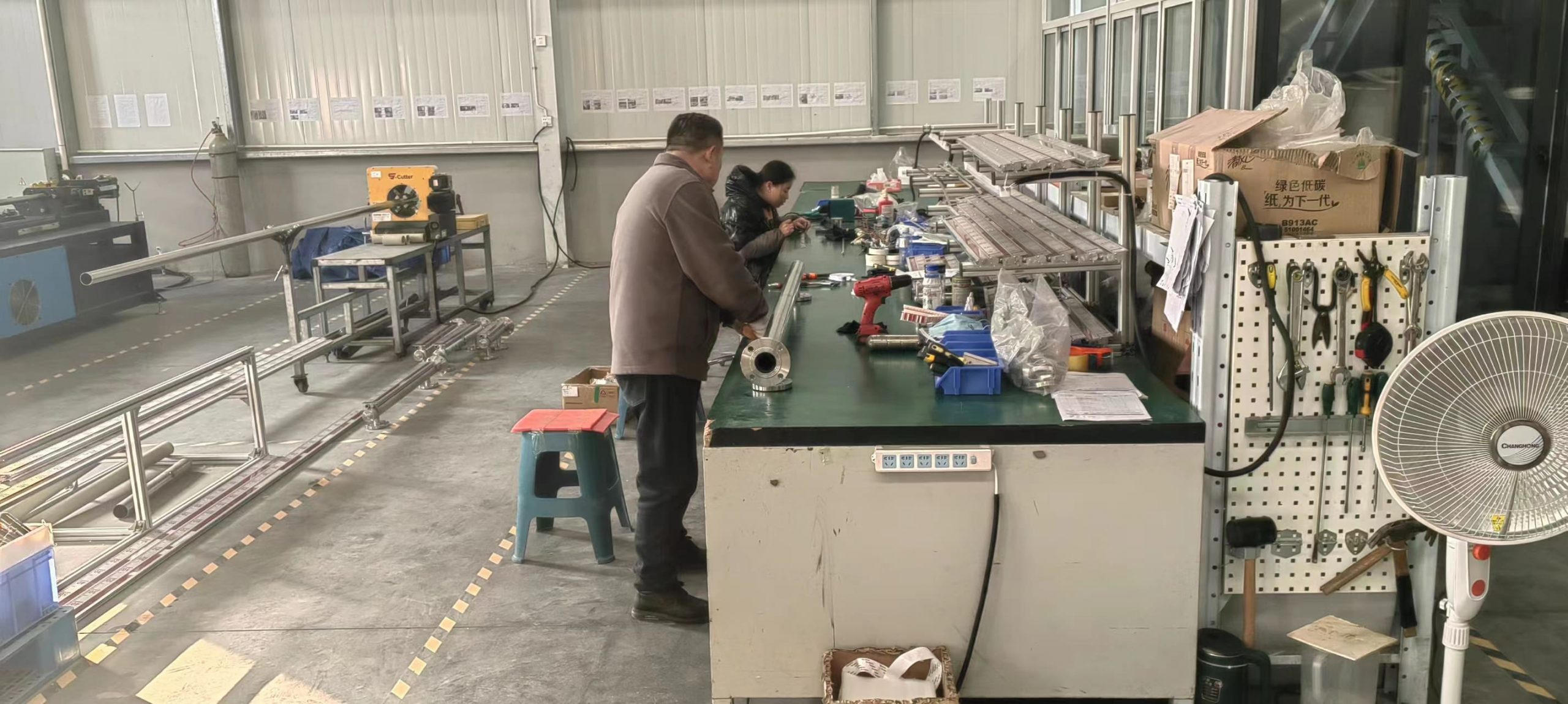
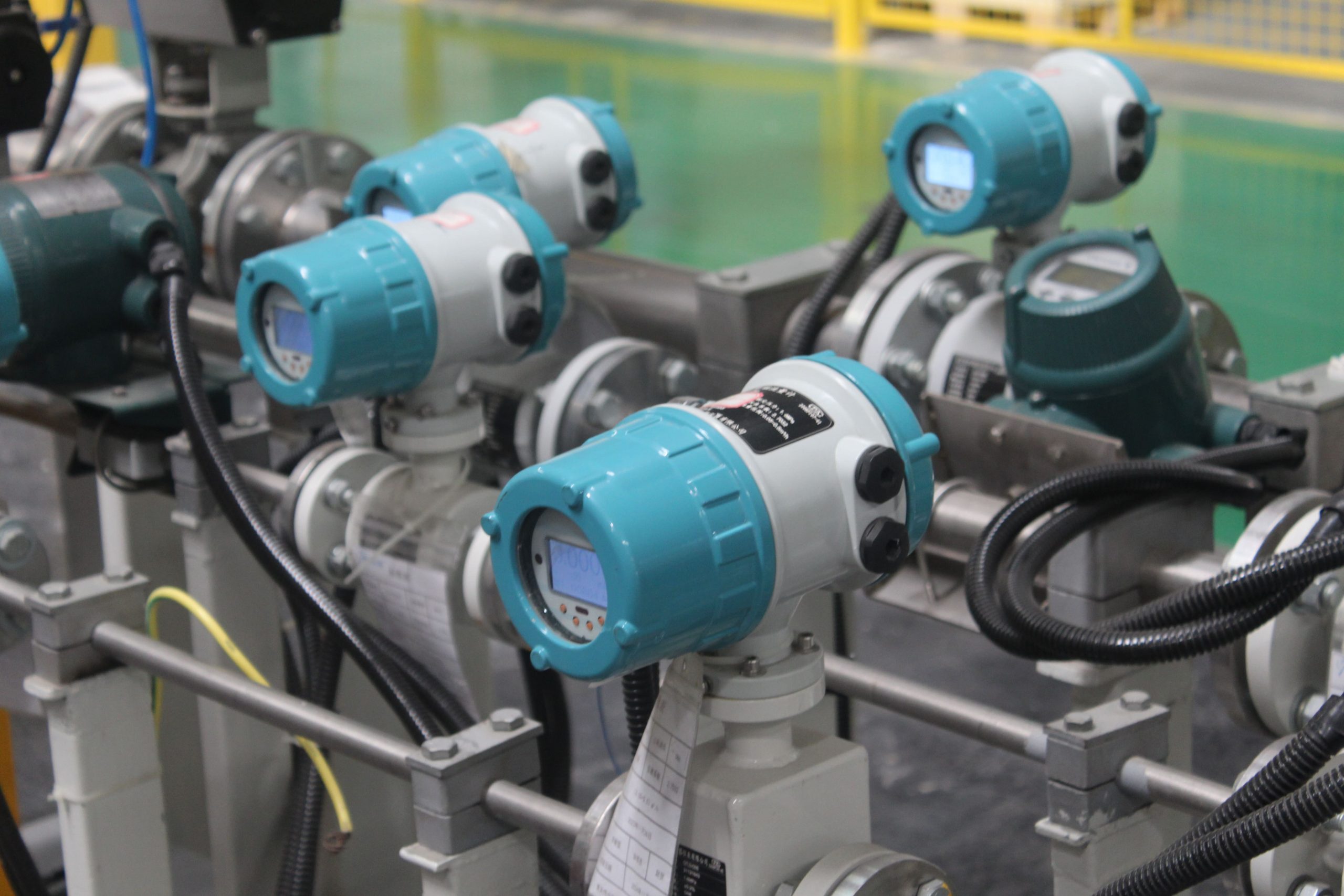
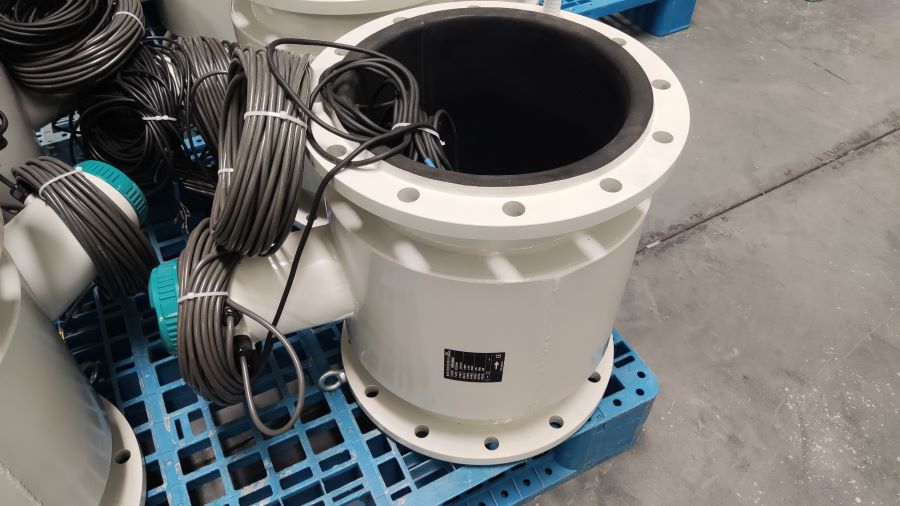
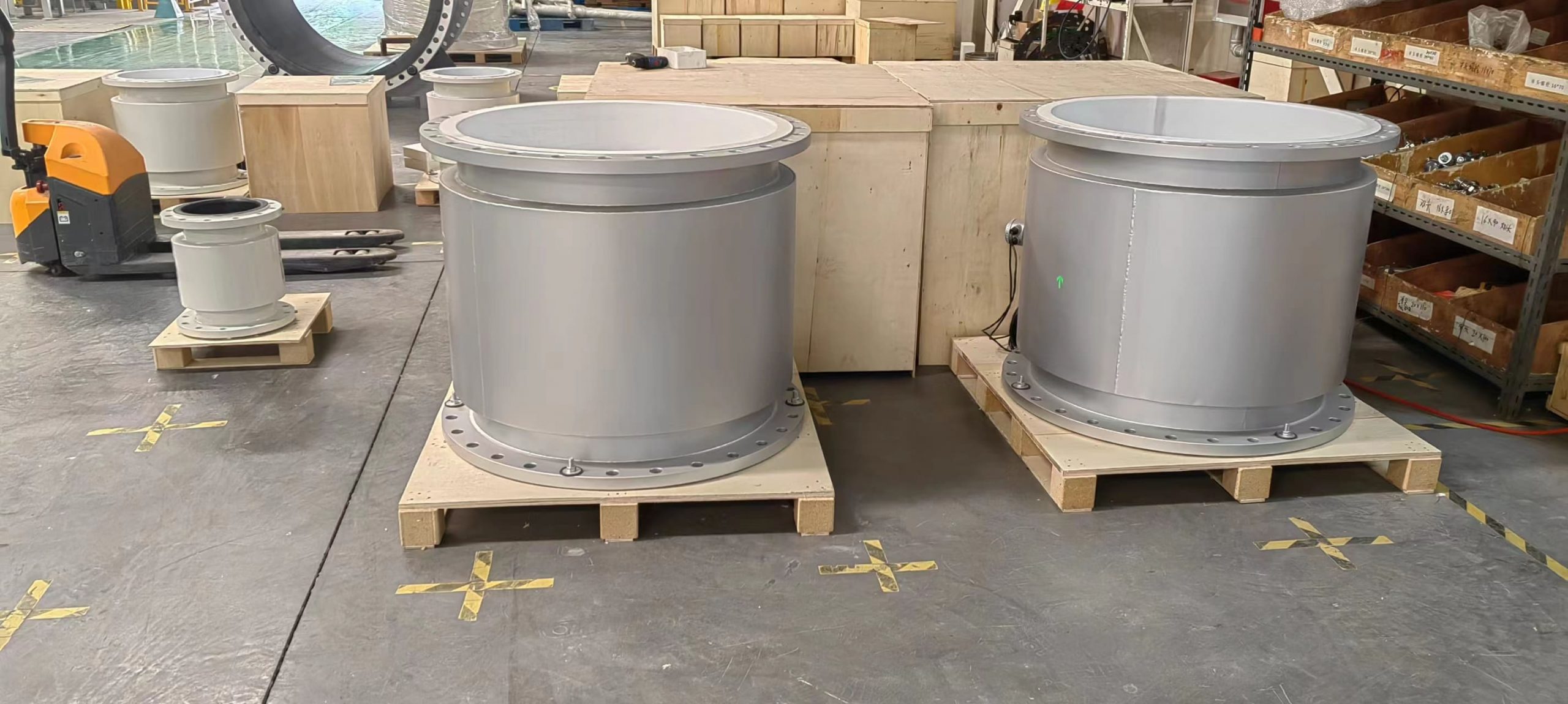

-.jpg)
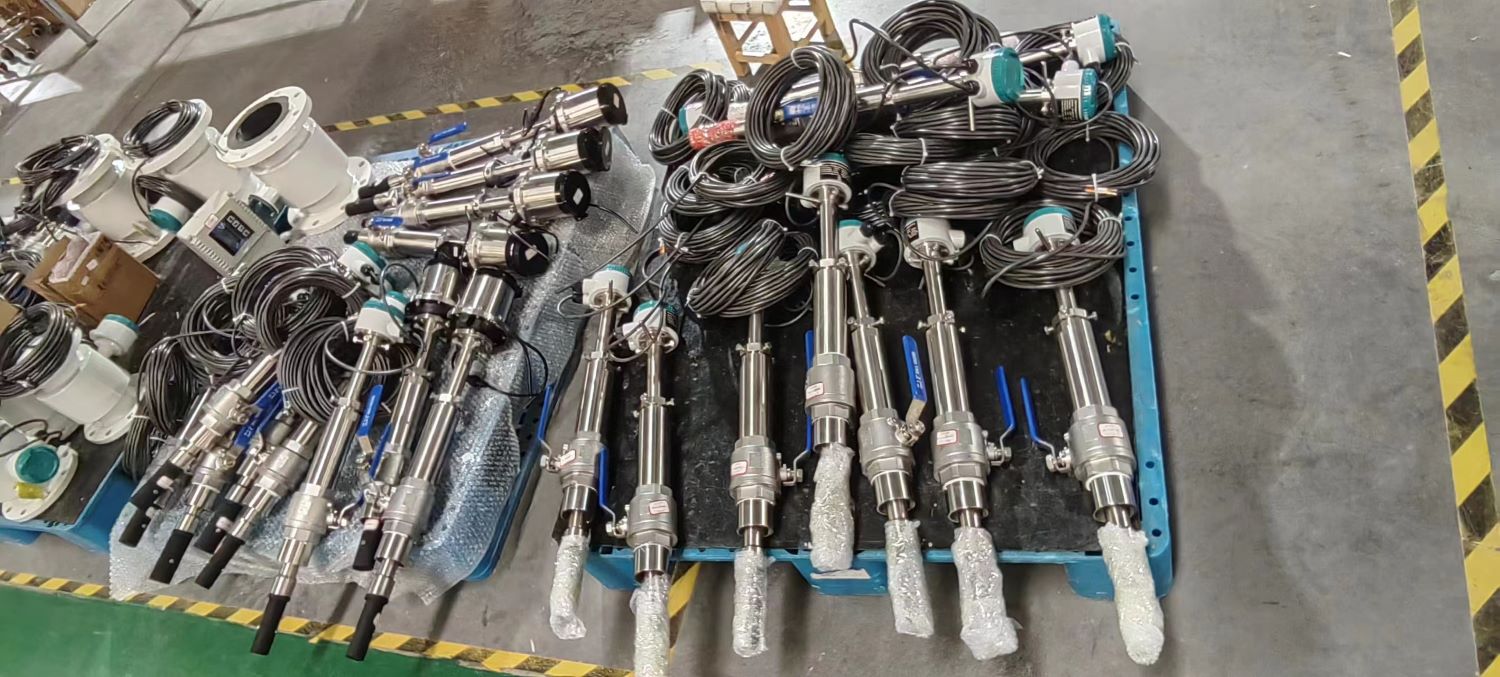
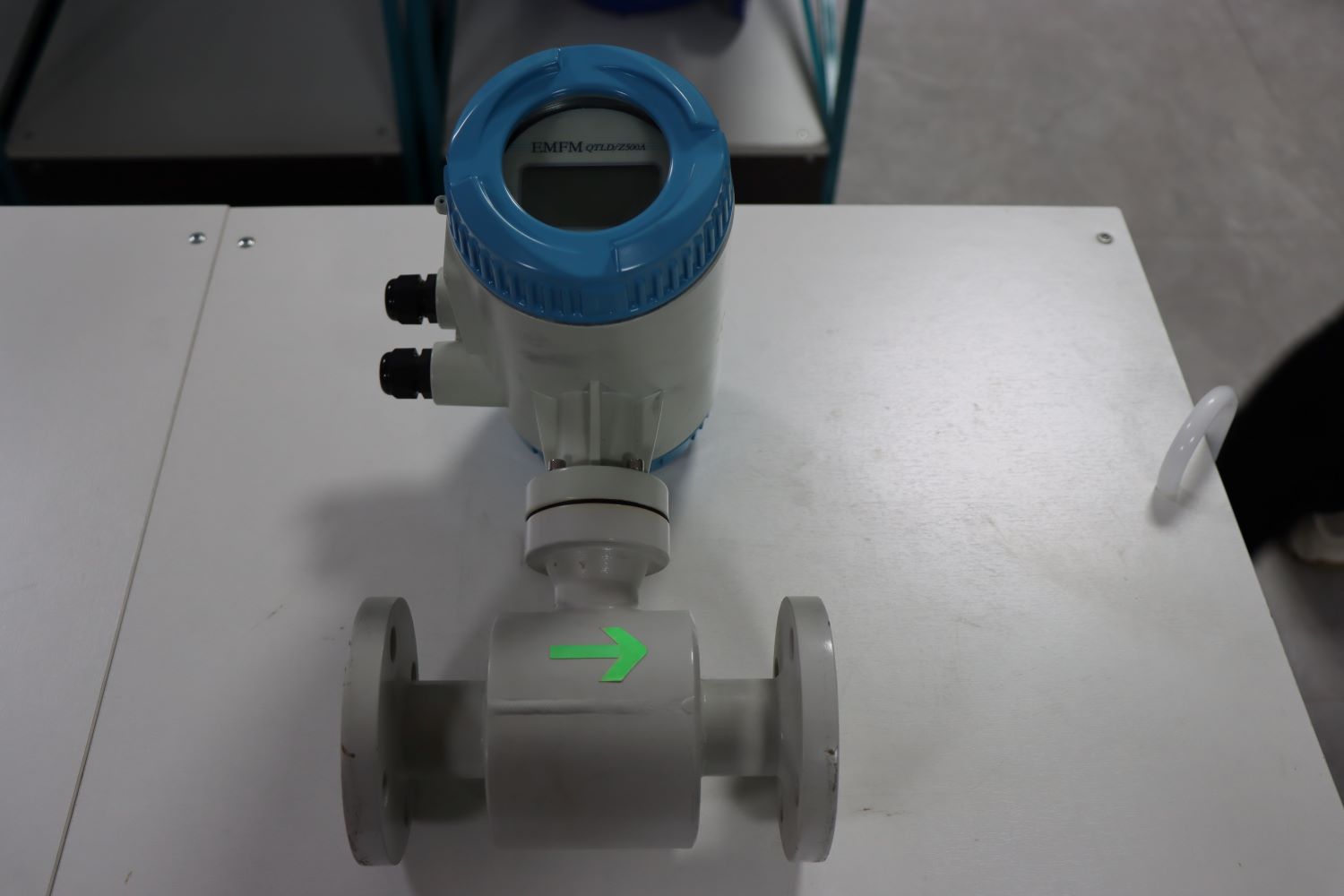
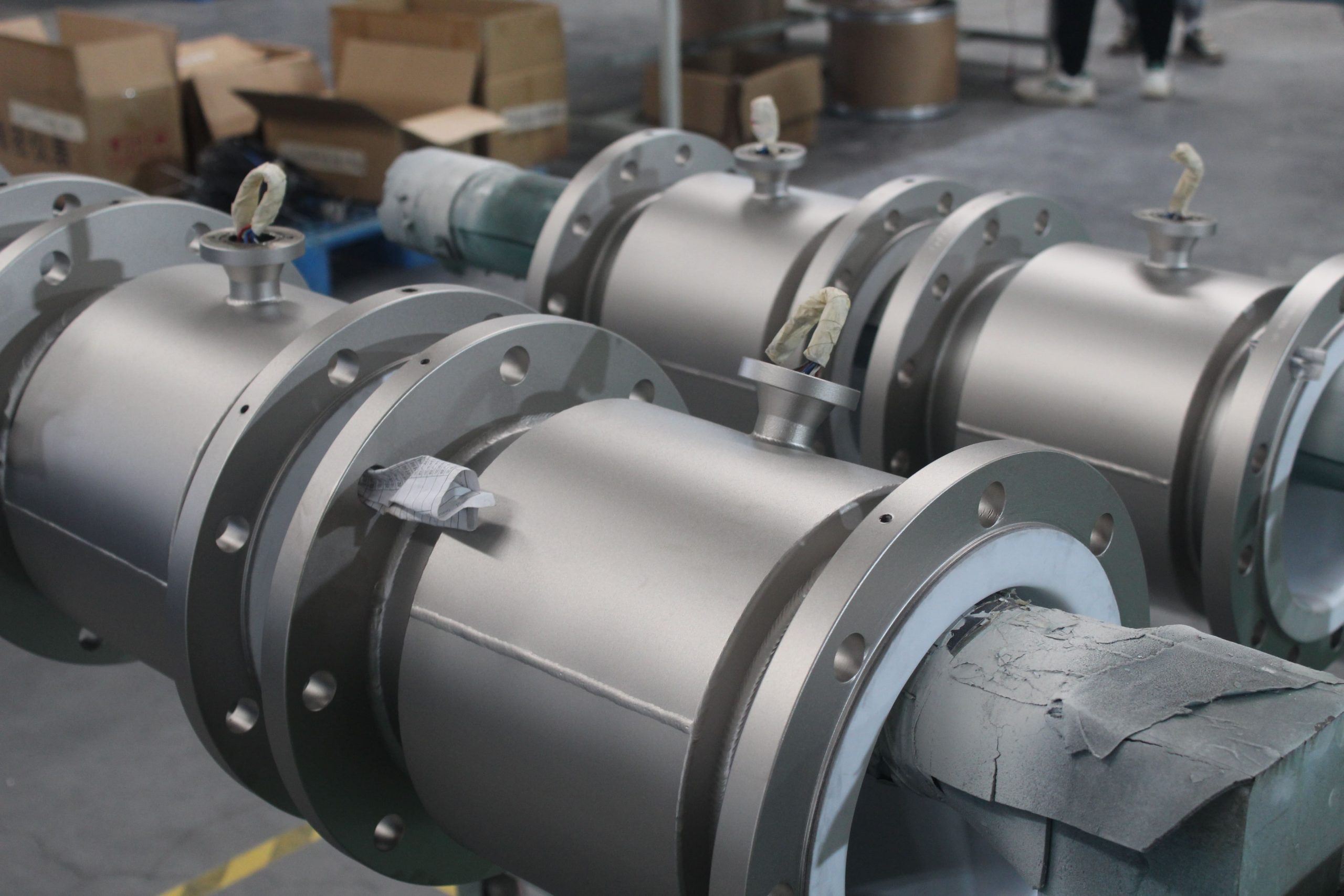
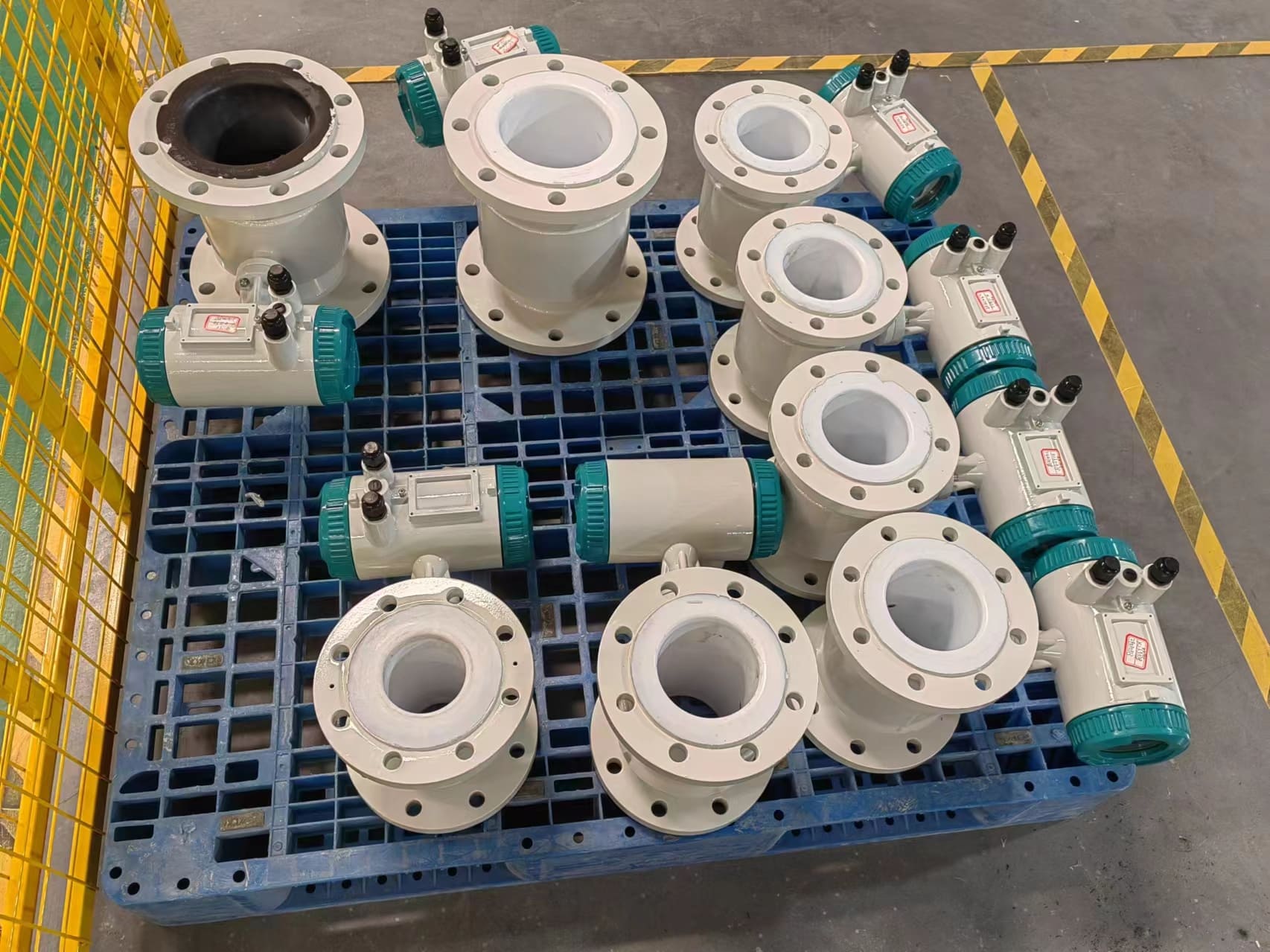

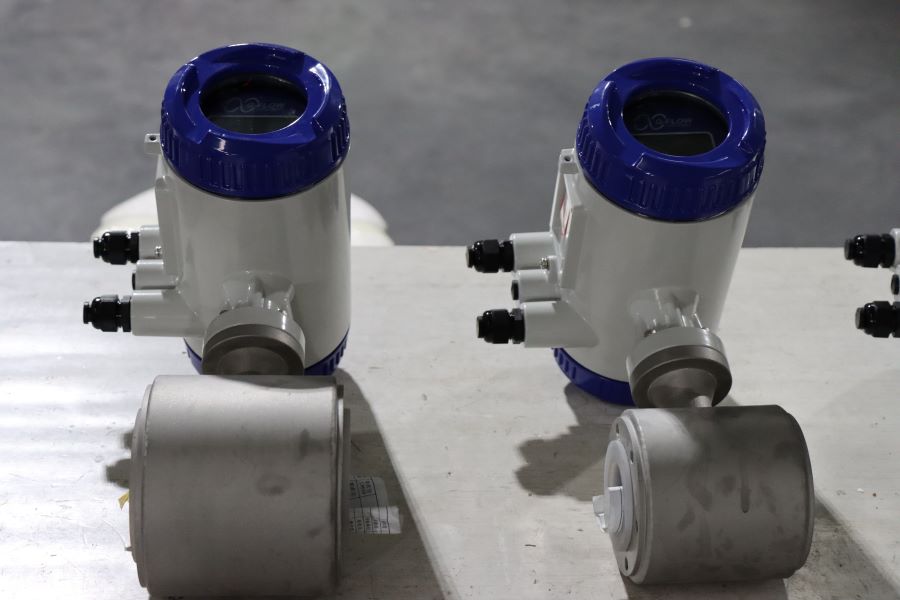
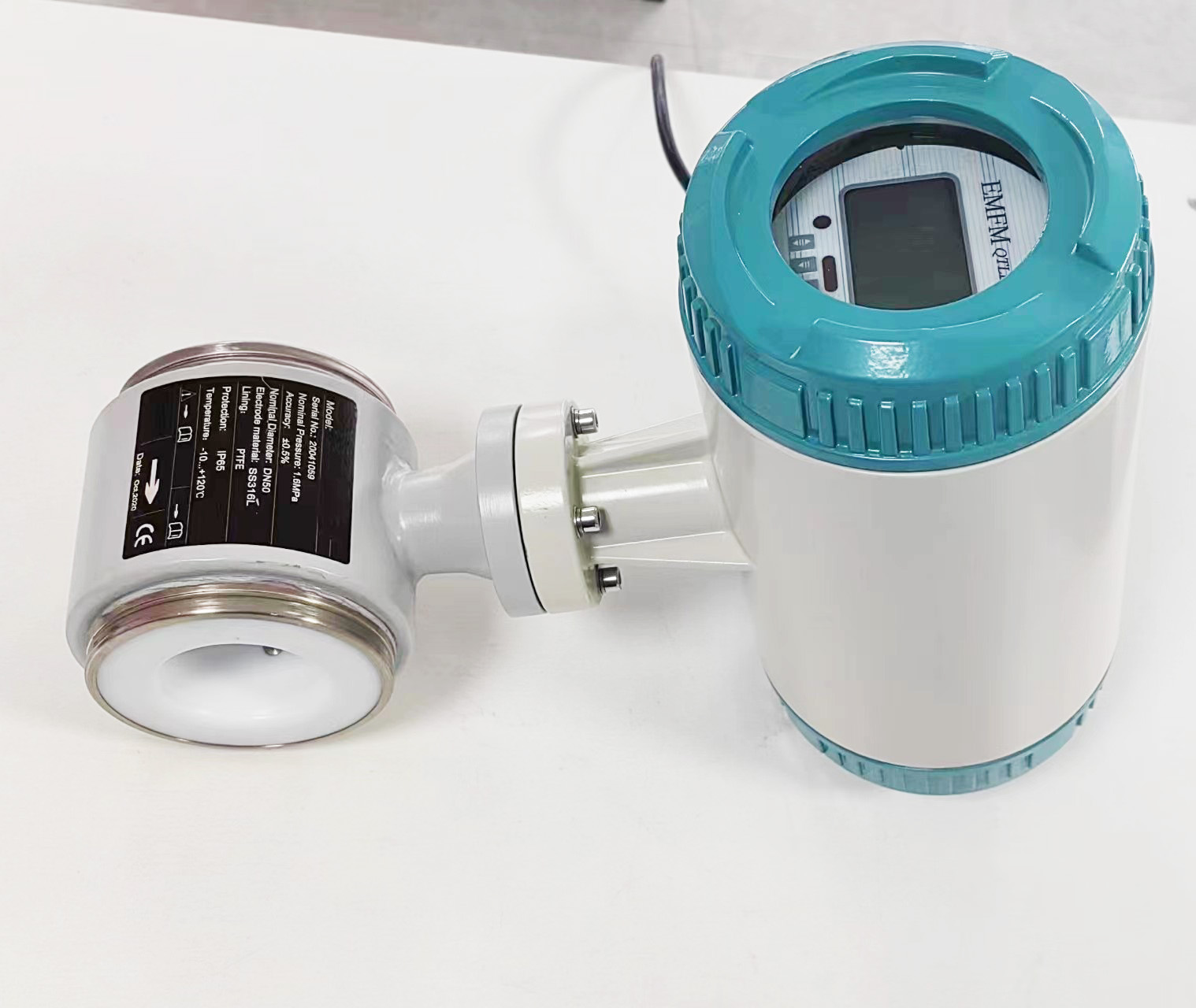
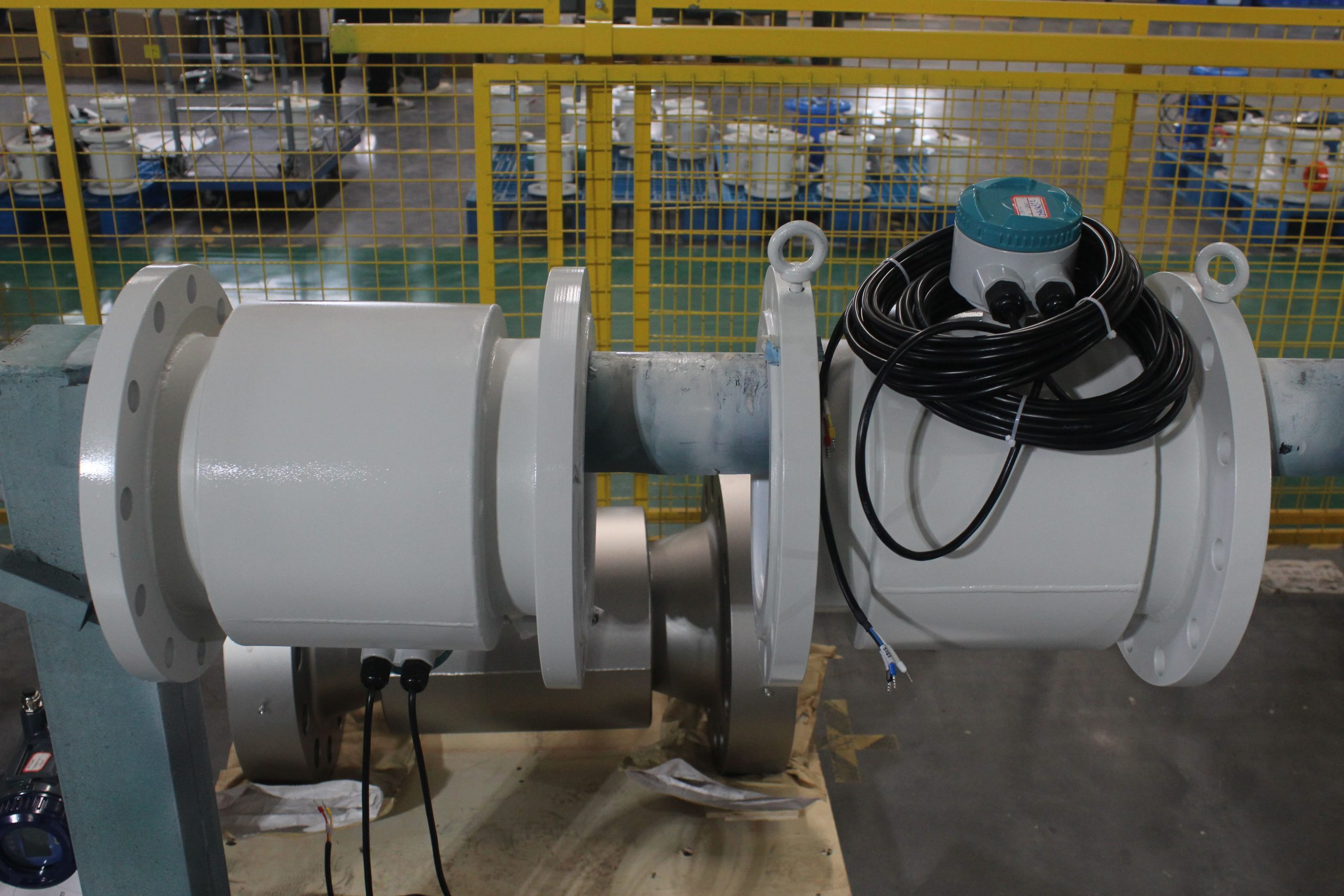
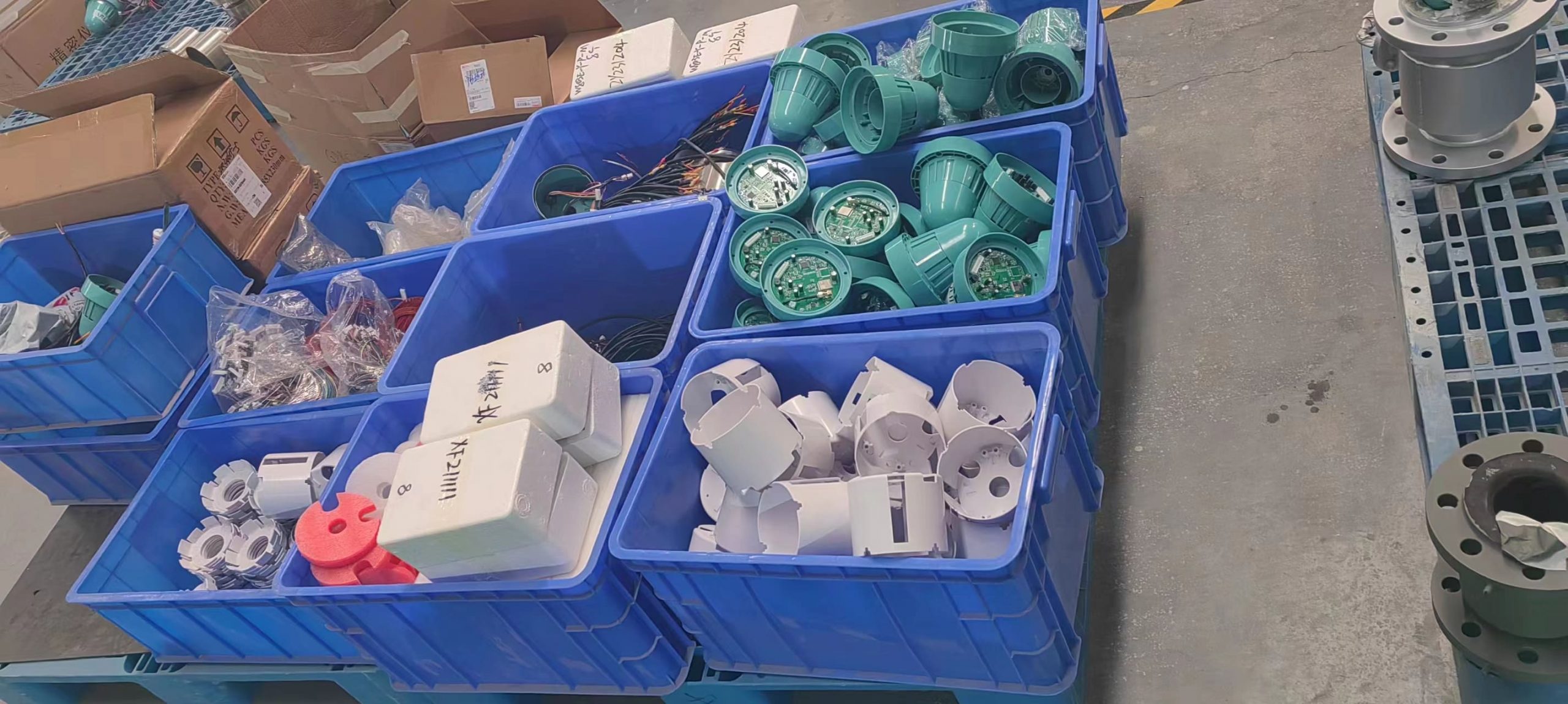
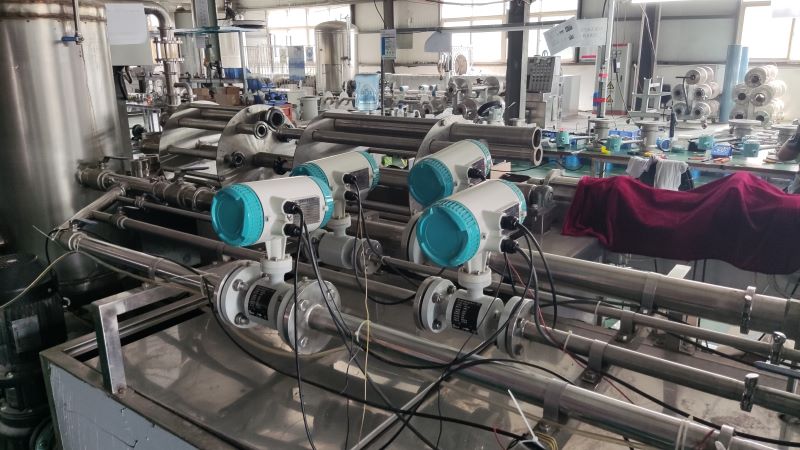
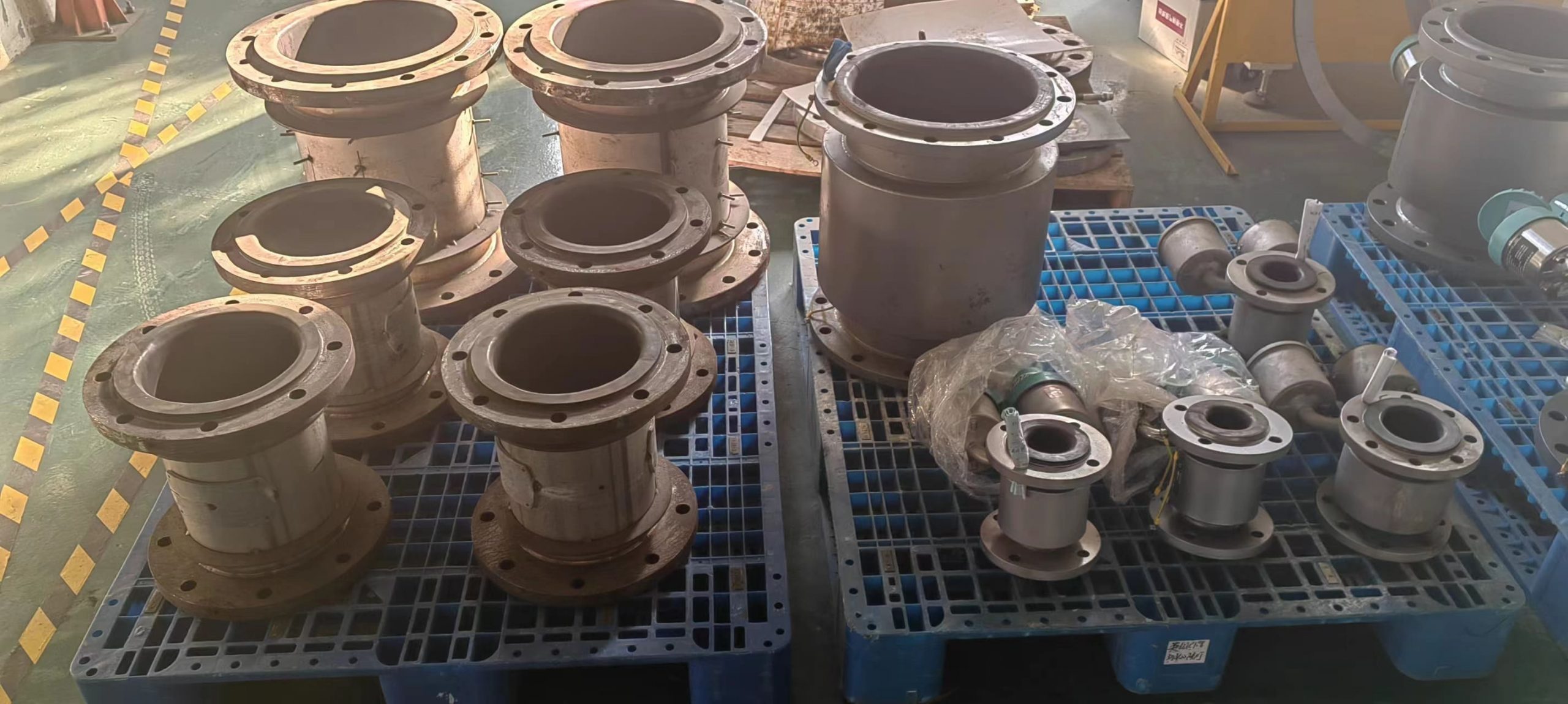
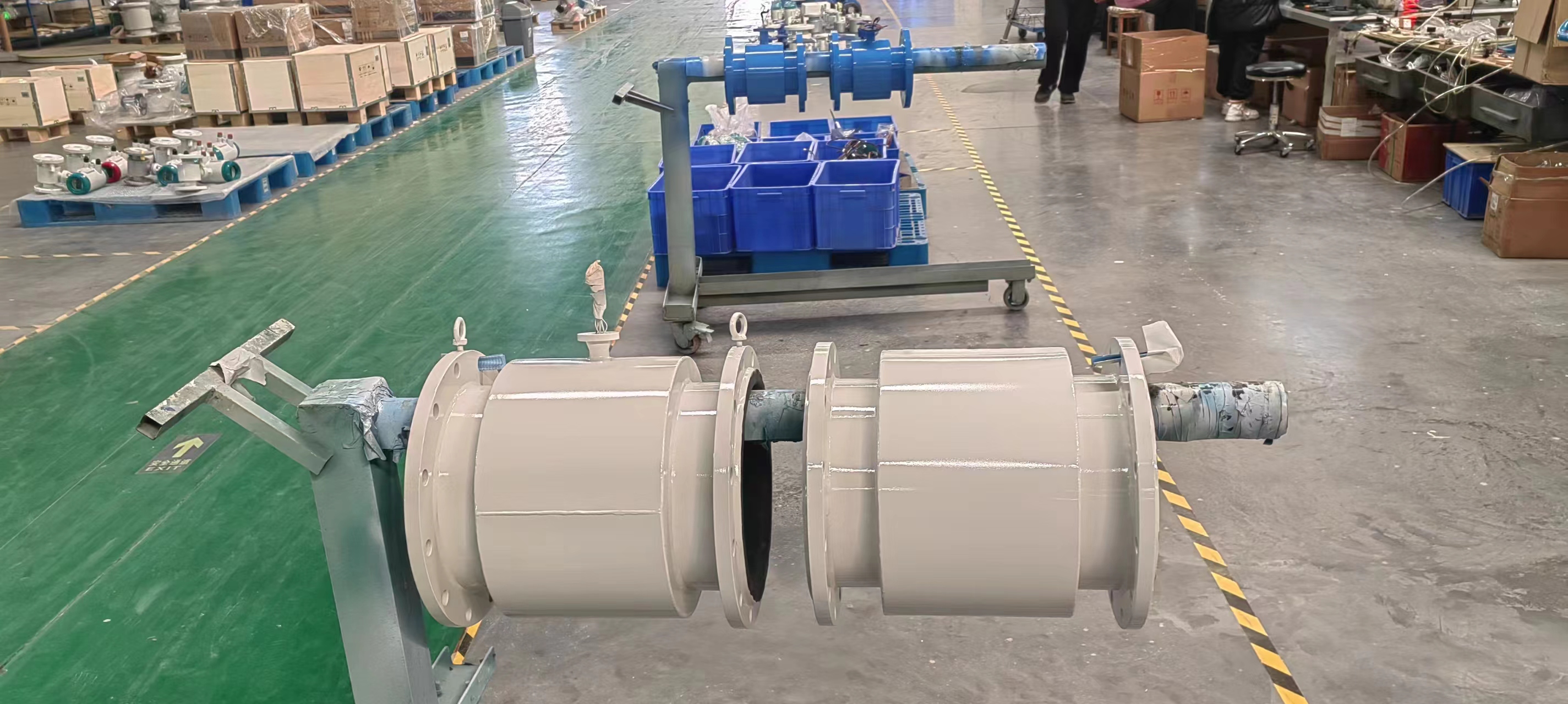
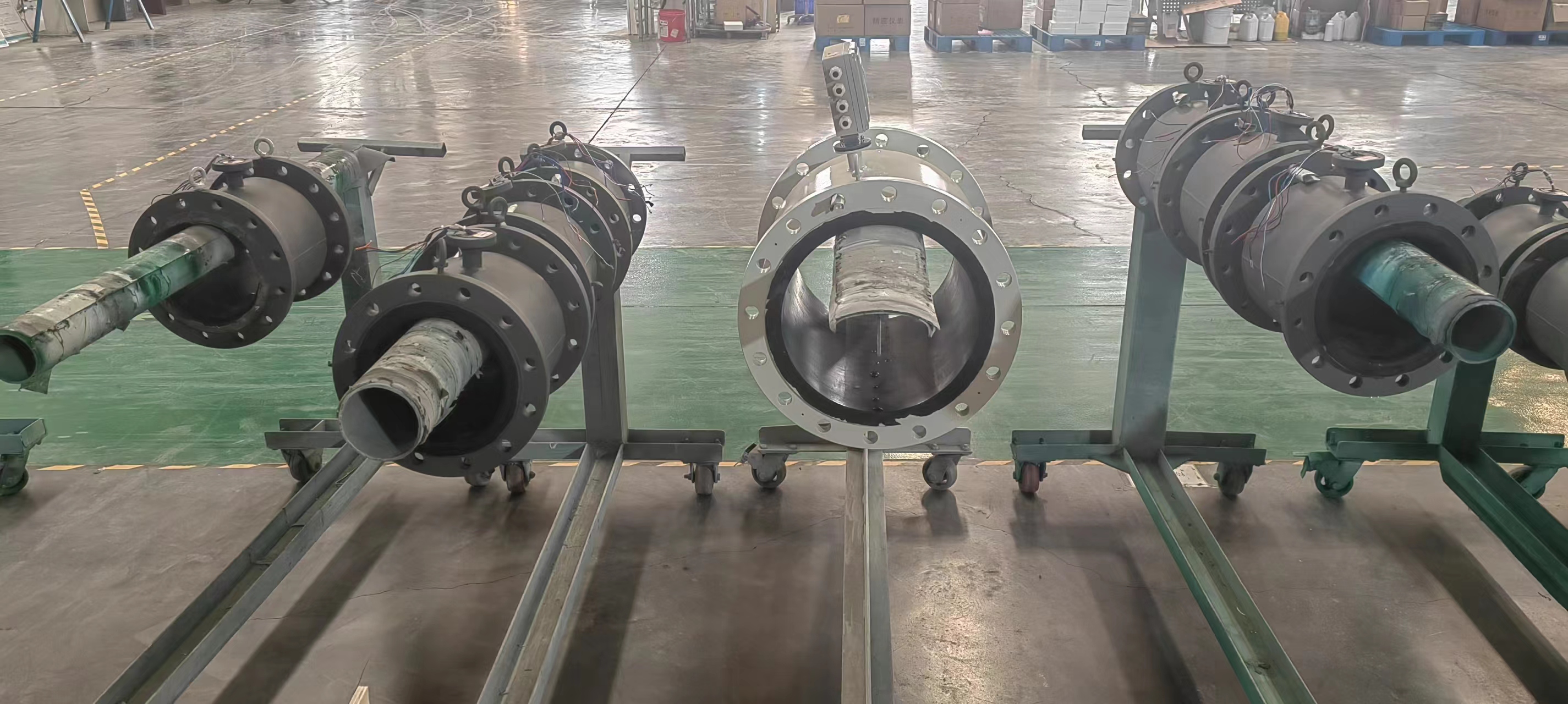
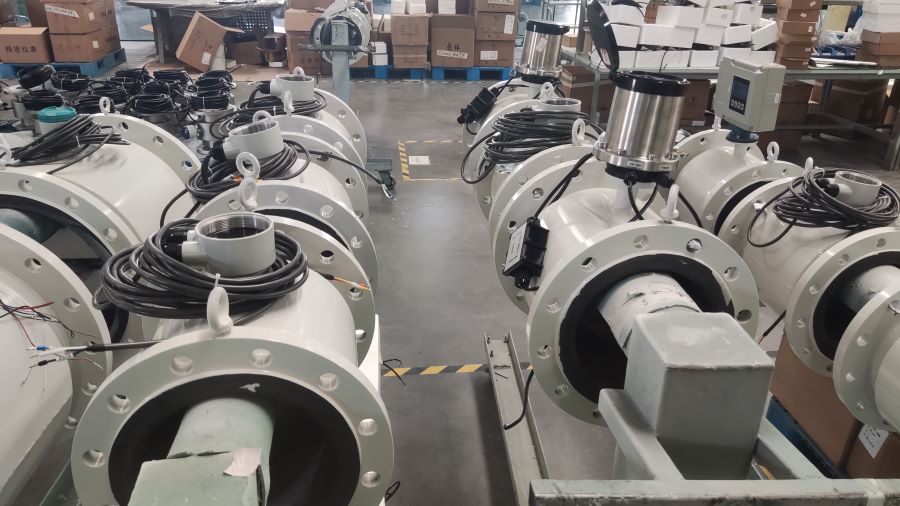
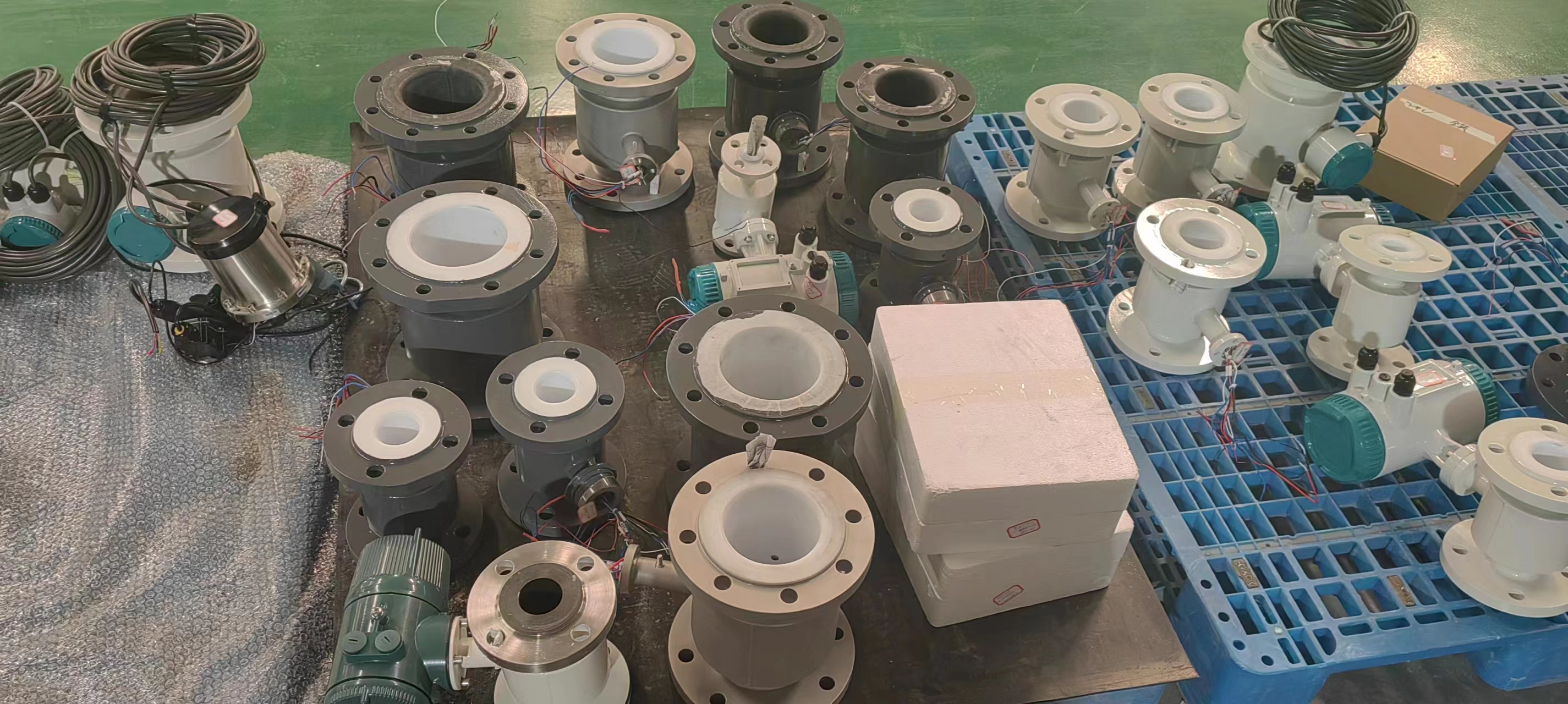
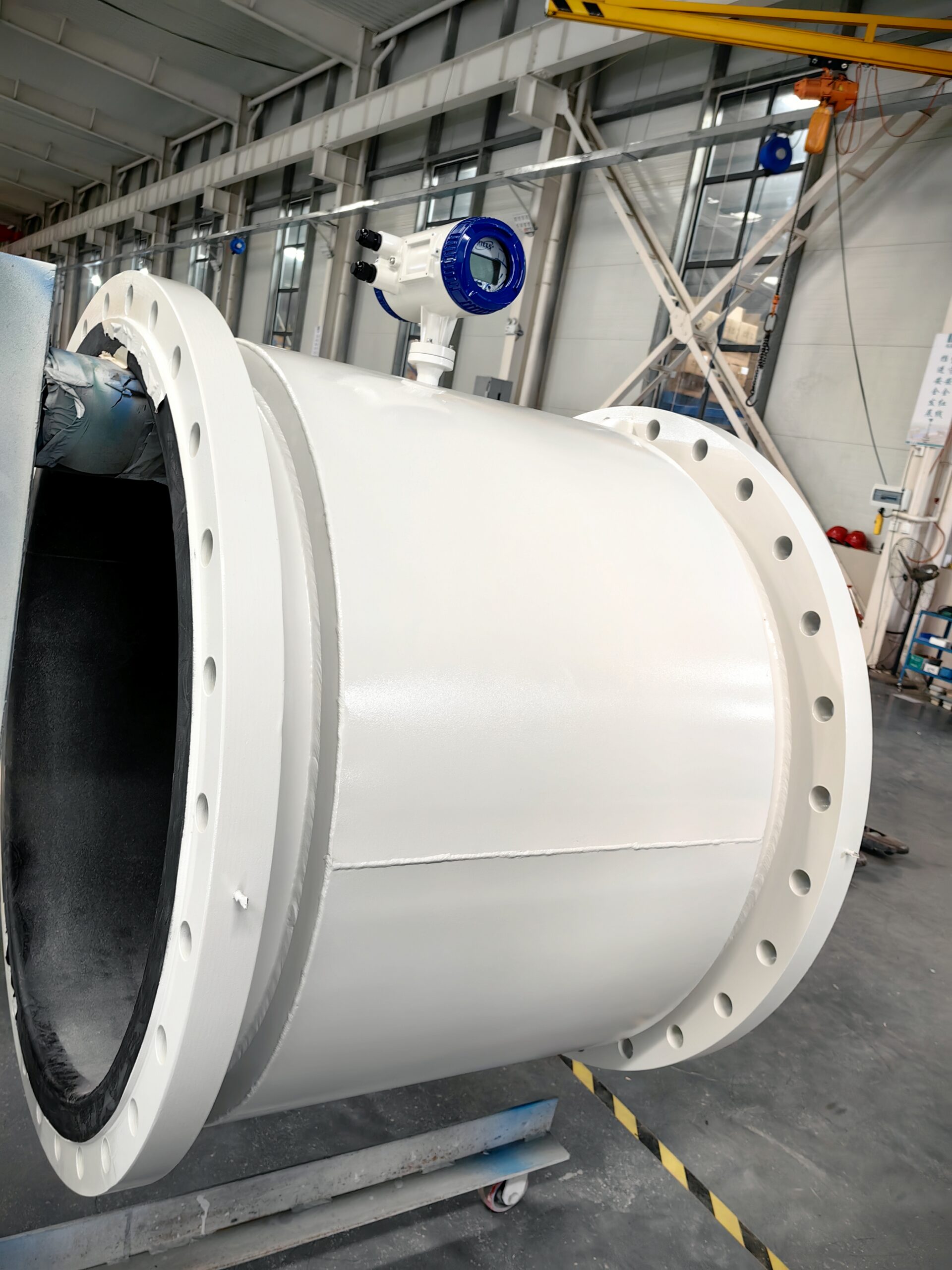
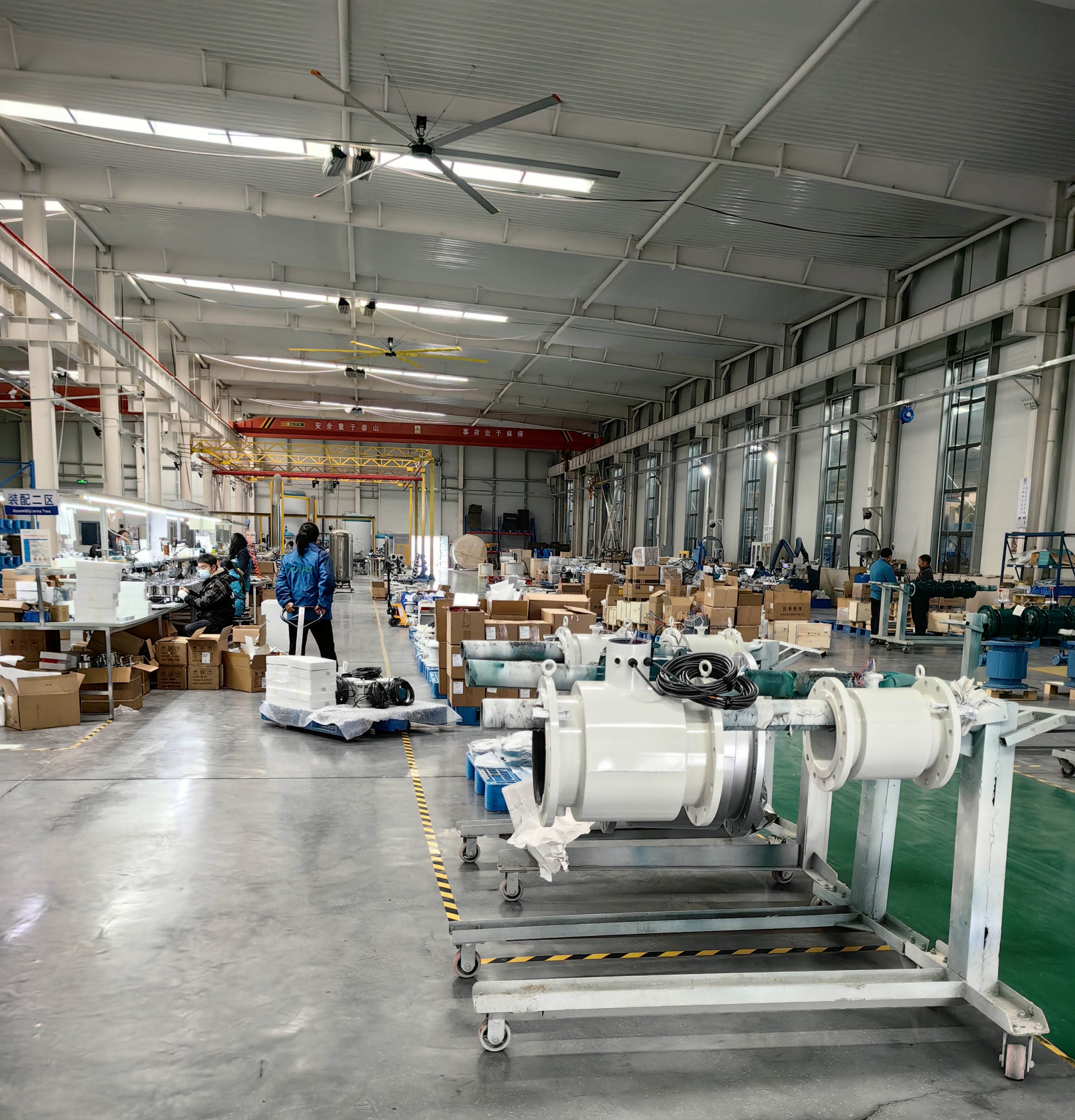
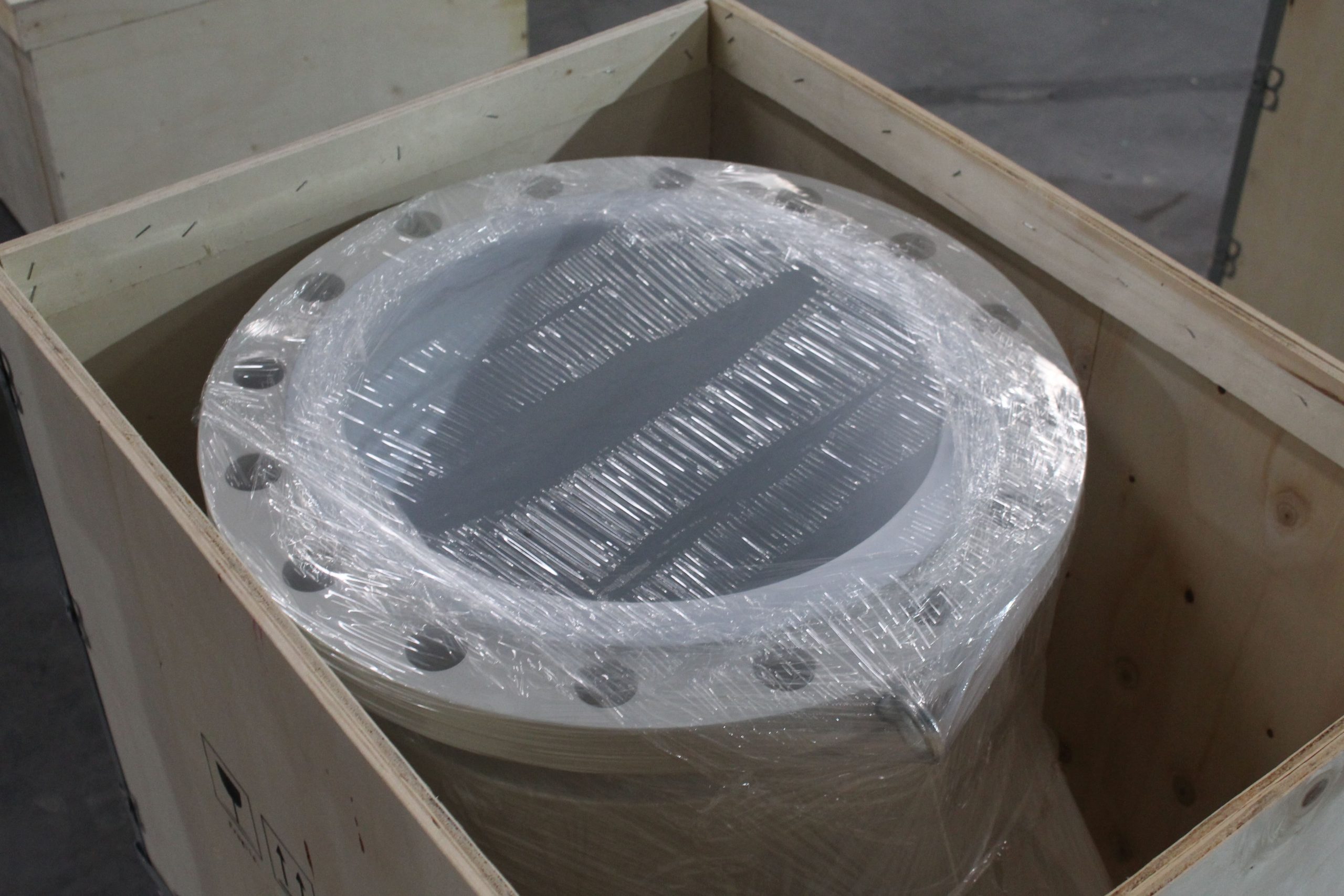
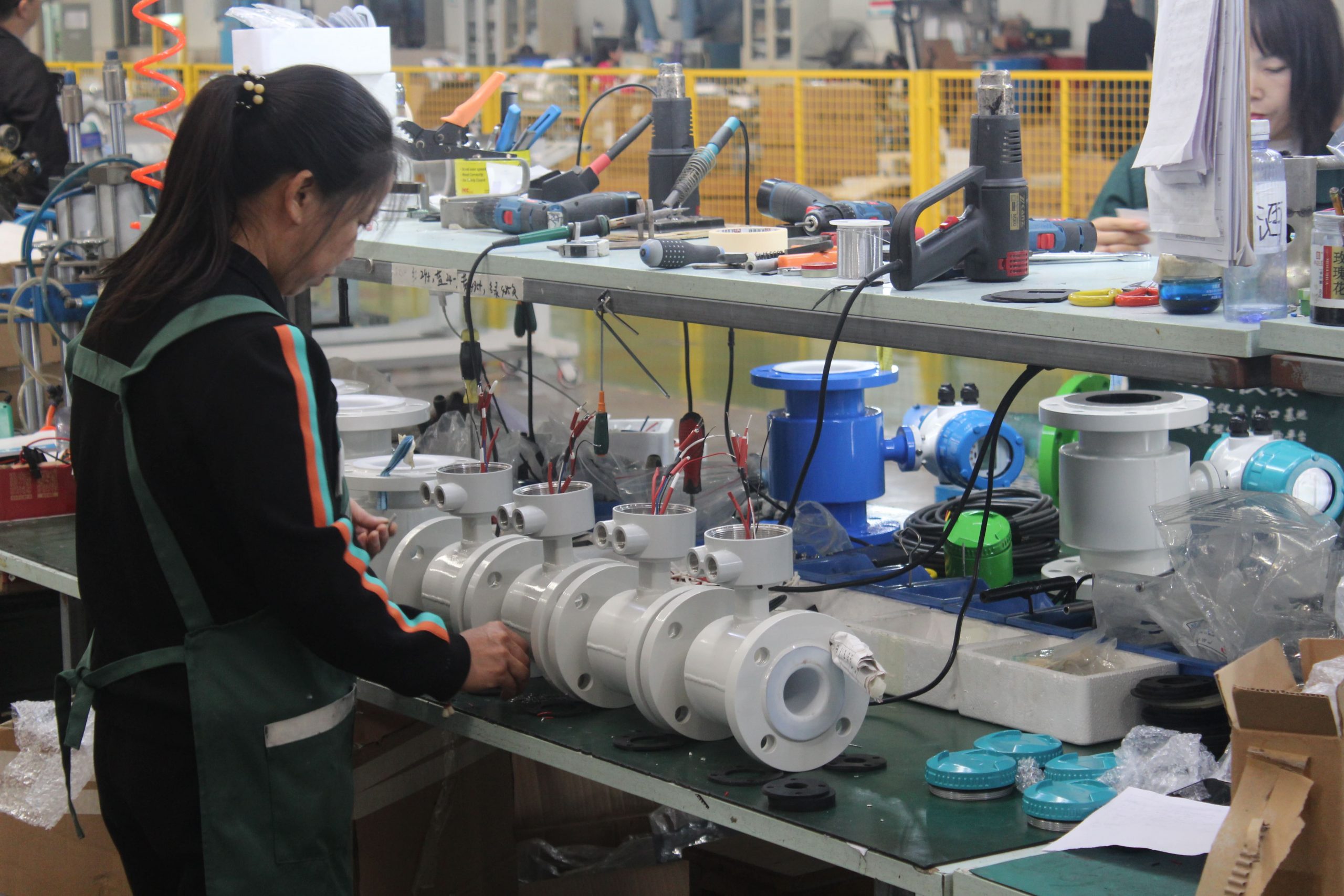
-.jpg)
